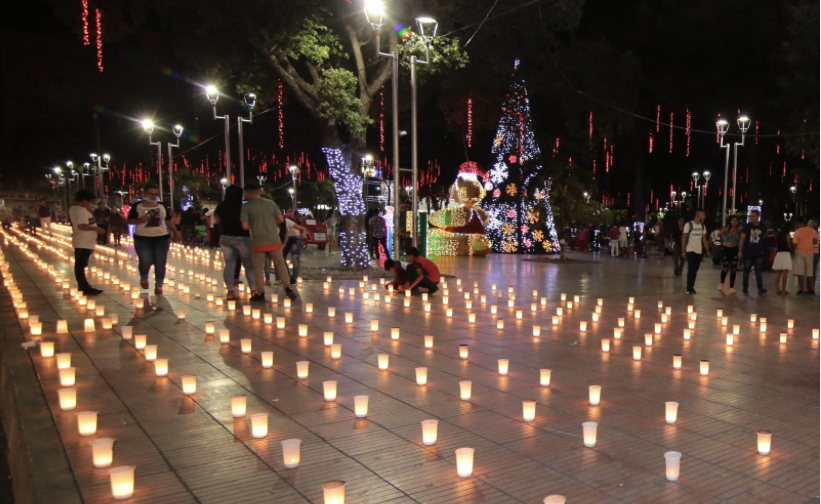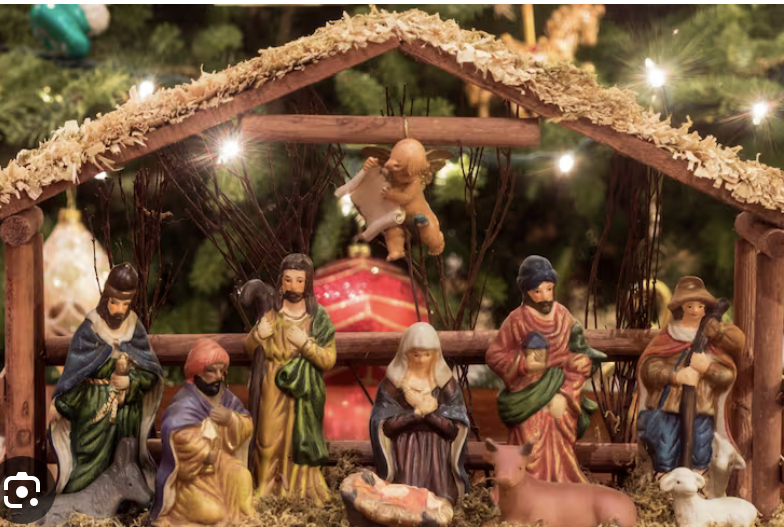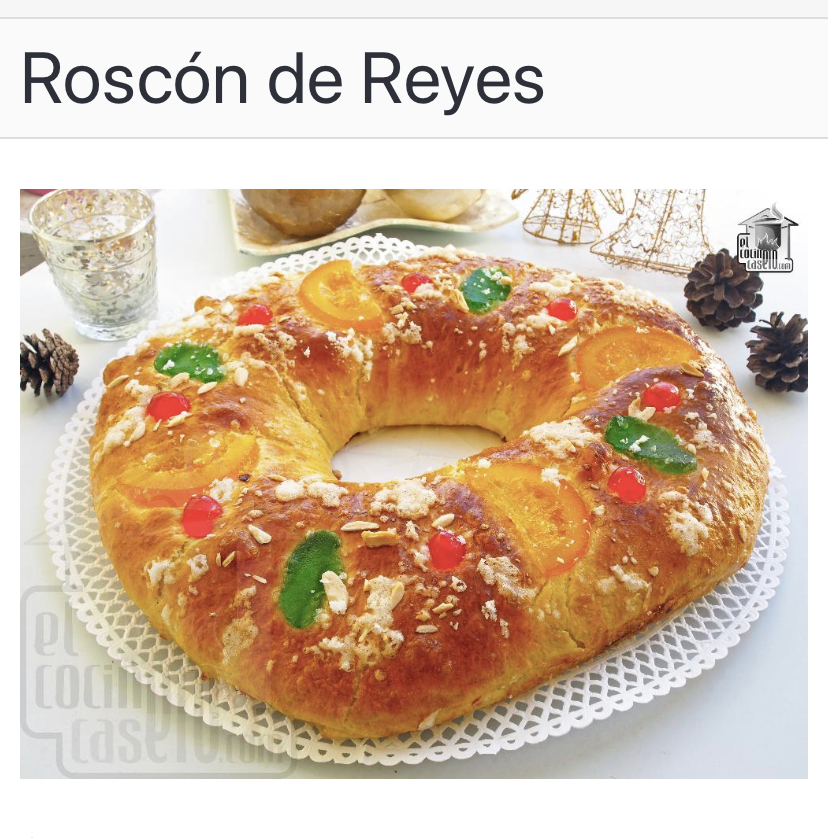Christmas Traditions in Spanish-speaking Countries
Since the holidays are right around the corner, let's talk about the different Christmas and New Year traditions in Latin America and Spain.
As we all know, Christmas celebrates the birth of Jesus Christ on December 25.
In Spanish, Christmas is called Navidad .
Different countries celebrate this special day with their own traditions and food throughout the month.
Some countries have their feast on the 24th of December in the evening ( Nochebuena ) while others celebrate it on the 25th during the day.
Christmas Celebrations in Latin America
Let's talk about the different kinds of celebrations held during in December in Latin America.
On the 8th of December, most countries in South America begin their Christmas celebration with El Día de las velitas , which means The Night of the Little Candles.
This is the celebration of the Immaculate Conception of the Virgin Mary.
Thousands of people light candles in front of their houses, on the sidewalks and all over, wishing for abundance and prosperity. It started in Colombia and is a national holiday in that country.
This day marks the beginning of the Holiday Season.

Christmas Celebrations in Spain
Meanwhile, in Spain, La Lotería de Navidad (The Christmas Lottery) held on December 22, marks the beginning of the Christmas festivities.
It is the most important and highest-value national lottery of the year.
The cities are covered in lights called Luces Navideñas for people to enjoy the feeling of the joyful season.
You can also find a lot of decorations of El Nacimiento o El Pesebre o Los Belenes ( Nativity Scenes), which are scenarios of Jesus being born.
It includes Baby Jesus, Mary, Joseph, an angel, and barn animals. In Guatemala City, there is a tour of some of the oldest Pesebres in the country.

Food at Christmas Time
Let's talk about food.
One of the most typical foods at Navidad is tamales . In countries such as Costa Rica, Guatemala, Mexico, and Nicaragua, tamales are a traditional dish on Christmas which is a corn-based dough, may be sweet or savory, and has other ingredients such as cheese or meat.
In Argentina they have El Asado Argentino (Argentinian Steak). While it is winter in the northern hemisphere, in Argentina it is summer, so it is tradition to have an Asado (BBQ) on Noche Buena (Christmas Eve).
In countries like Colombia and Ecuador, Chocolate Caliente (hot chocolate) is a traditional beverage to enjoy with family and friends during the entire holiday season.
In Spain, families gather around on Nochebuena ( Christmas Eve) to enjoy their traditional tapas . These are small appetizers consisting of jamón ibérico (Spanish Ham), queso manchego (goat cheese), and aceitunas (olives).
On January 6, they have the typical Roscón de Reyes , a traditional cake celebrating the arrival of Los Reyes Magos (The Three Wise Kings).

Who Brings the Presents?
While Santa Claus is known worldwide, even in Latin America, in Colombia kids ask El Niño Jesús (Baby Jesus) for presents.
In Spain and Mexico, those in charge of the presents are Los Reyes Magos (The Three Wise Kings) who visit the kids on January 6.
It is very common to stay up late during Nochebuena in Latin America and wait until midnight to open the presents.
What do you call Santa Claus in Spanish?
Here are some names for Santa Claus in different countries:
- Papá Noel in most of Latin America.
- Viejito Pascuero in Chile
- San Nicolás or Sannicolás in Venezuela
- Santi Clo in Central America
- Colacho in Costa Rica
Villancicos - Spanish Christmas Carols
During the entire season, people sing villancicos (Christmas Carols) at every mass or family event.
Have a listen to some famous villancicos:
Mi Burrito Sabanero (My Donkey from the Savannah)
Blanca Navidad (White Christmas)
Noche de Paz (Peaceful Night)
Ya Vienen Los Reyes Magos (The Wise Men are Coming)
Feliz Navidad!
